Last Updated on May 9, 2025 by Tanya Janse van Rensburg
Comforting and a place to gather together with friends and family—or even to take a nap—a sofa often is the centerpiece of a living room.
However, as with any other furniture item, a sofa can only last so long before needing to be replaced.
Knowing the right time to replace your sofa can help avoid discomfort and make the space more comfortable to live in.
These are nine signs that it might be time to replace your sofa.


While they are designed to be highly durable, even Castlery's sofas and couches can start showing signs of wear and tear as they are used over time.
The fabric could fray or wear thin, and the leather might crack. Deep scratches or cuts should be treated as soon as possible, as they can damage comfort and aesthetics.
If you find any of these signs, it may be time to consider buying a new couch.
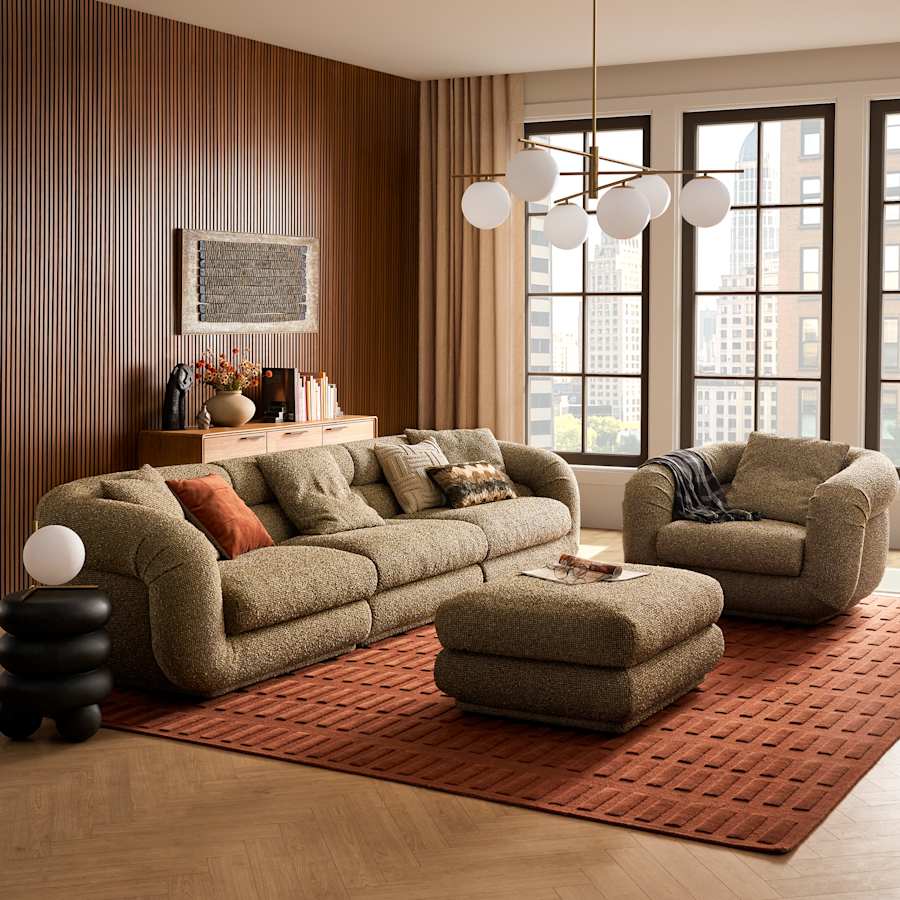
If your cushion is sagging right now, it probably means that it has seen better days.
Aging cushions are symptomatic of them starting to feel uneven and no longer bouncing back when someone sits on them. With time, foam and springs become unsupportive.
A replacement sofa ensures a comfortable sitting area.
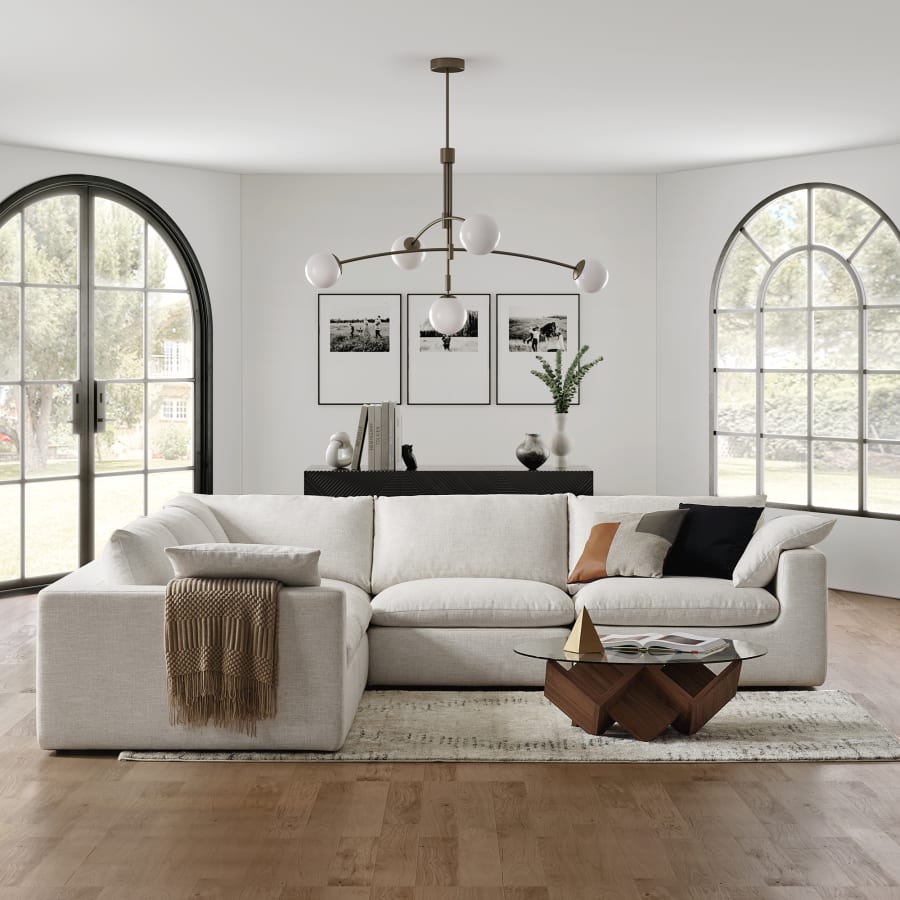
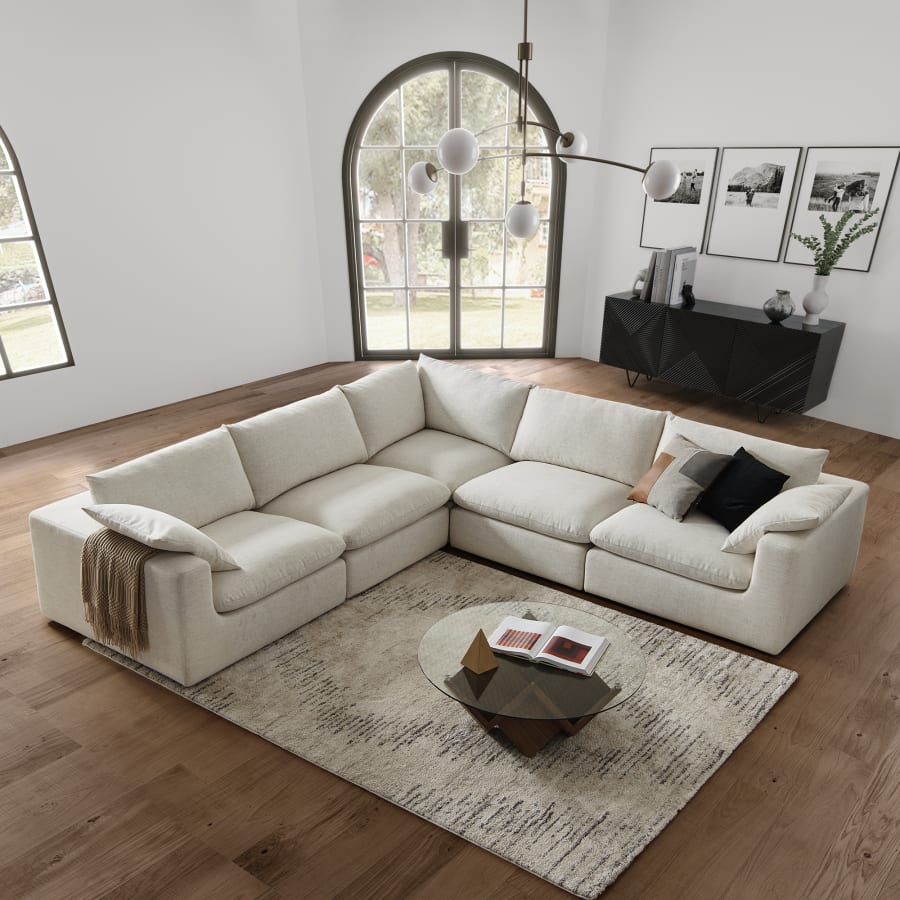
Over the years, sofas can soak up all kinds of odors, including pet, smoke, or food spills.
That said, if these smells persist even after thorough cleaning, it might be time to say goodbye to the old item.
Replacing the sofa with a new one can bring a whole new vibe to the room.
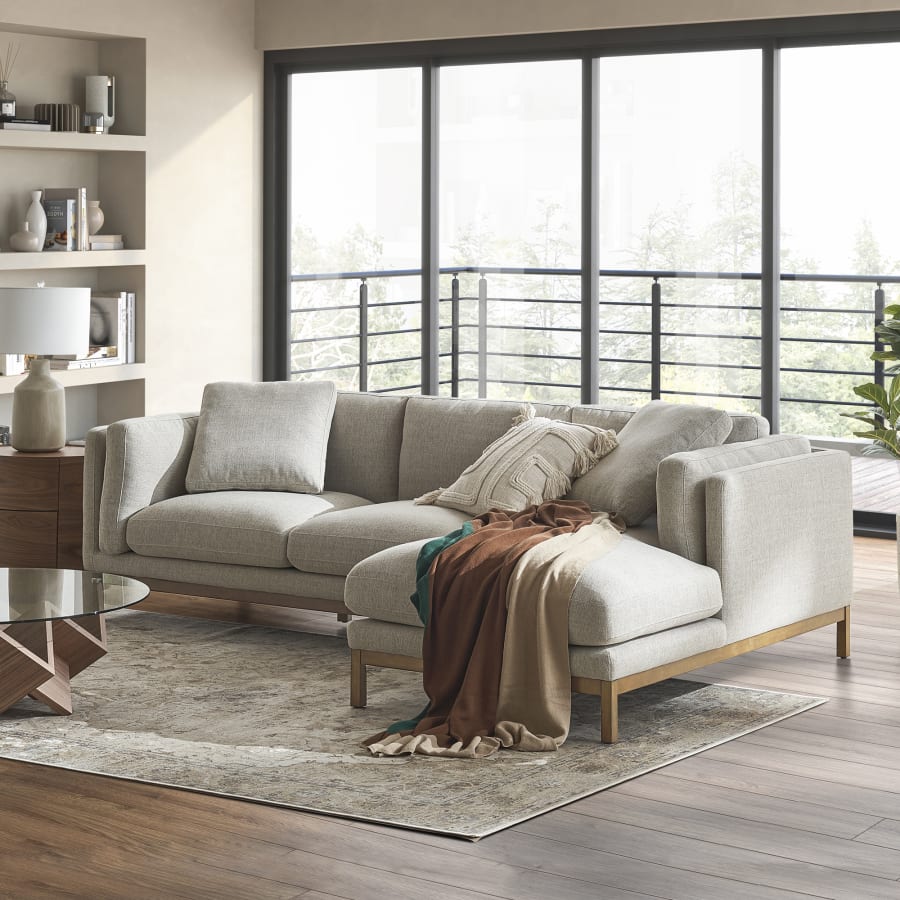

Home styles change, so if you built a home or even renovated it 20 years ago, it may no longer fit with the current style of houses.
When your old sofa no longer suits the decor or aesthetic that is in place, a new sofa can allow an entire room to feel fresh and new.
A blend of modern styles will bring life to the living space in a detailed manner.
Most of the time, creaking or squeaking springs are the beginning of structural issues.
This noise is enough to suggest an internal failure, which can result in an uncomfortable feeling or even cause damage to those sitting on it.
This is where investing in a well-built sofa can help, as it will not require a replacement anytime soon, saving you money and inconvenience.

As families expand or living requirements change, your old sofa might not serve the same purpose as before.
An old sofa that once soothed a comfort-hungry household can easily become unused and impractical over time.
Going for a model that is bigger or differently designed can help everybody have enough space to settle down without a problem, which is great for social functions or household requirements.

Dust mites and allergens tend to be common in old sofas and can trigger allergic reactions.
If you find your family members sneezing more often, the sofa may be the reason.
Opting for a new hypoallergenic sofa can also go a long way in improving indoor air quality and health.
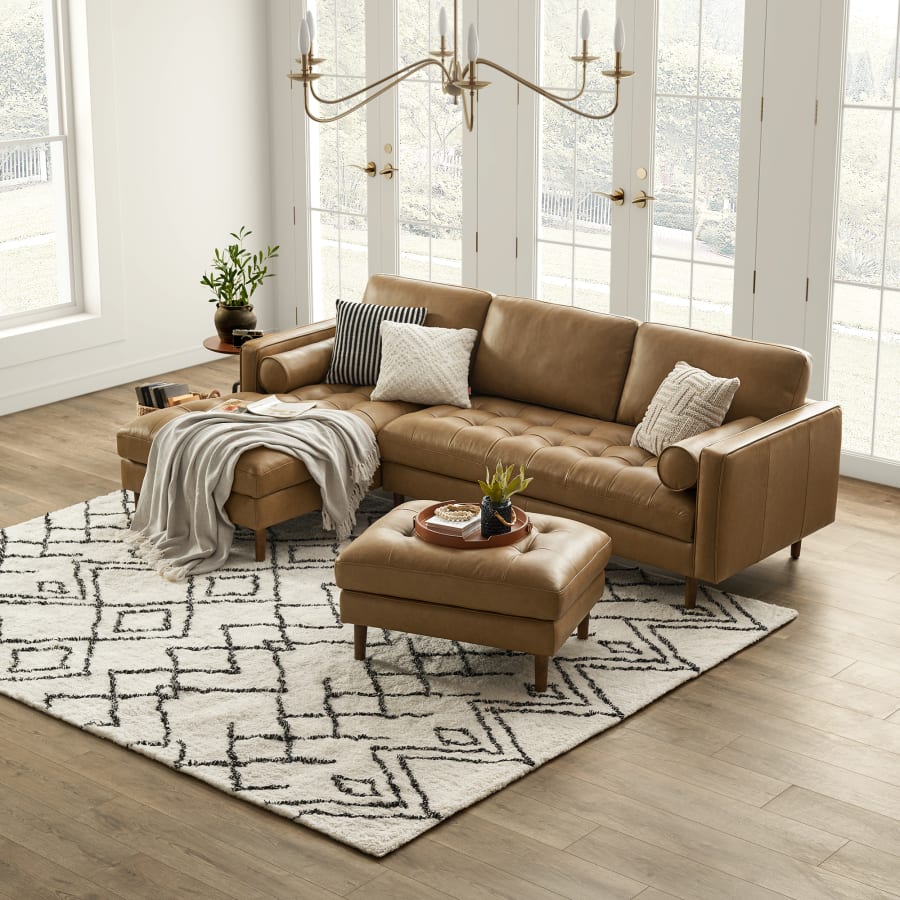

The frame of a sofa supports the entire structure, and so, if it gets damaged—like the wood breaking or the metal getting bent—the sofa loses a big part of its utility.
Even if nothing is catastrophically visible on the outside, continued structural degradation can provide the basis for accidents or a worse situation.
A sofa that is broken may not be safe to use, and while you can always put a pillow on it to sit more comfortably, that should not be the case for all users.
Hence, it’s best to replace it so that safety and health are not compromised.
The seating itself needs to be comfortable above all else. If plopping down on the sofa feels more like work than play, it might be time for an upgrade.
That new addition can give you more support and relief, and it will make you feel comfy and relaxed again.


Recognizing the aforementioned signs can prevent prolonged discomfort and enhance a home's aesthetic.
Investing in a new sofa not only improves daily living but also uplifts the entire space.
When it's time, choosing a sofa that aligns with personal style and practical needs ensures a welcoming and comfortable environment for years to come.